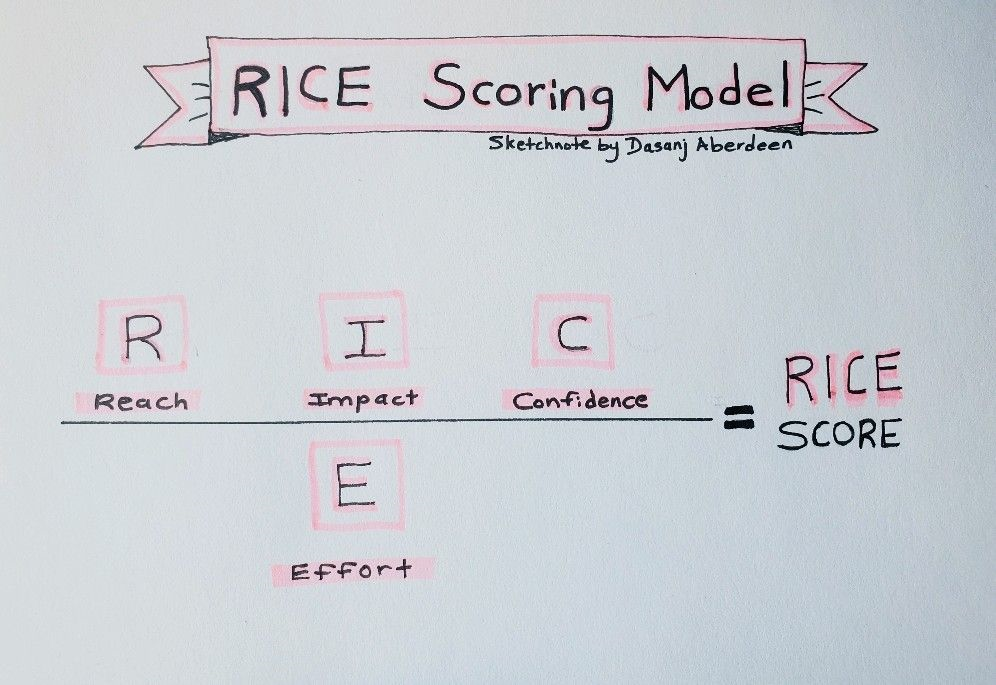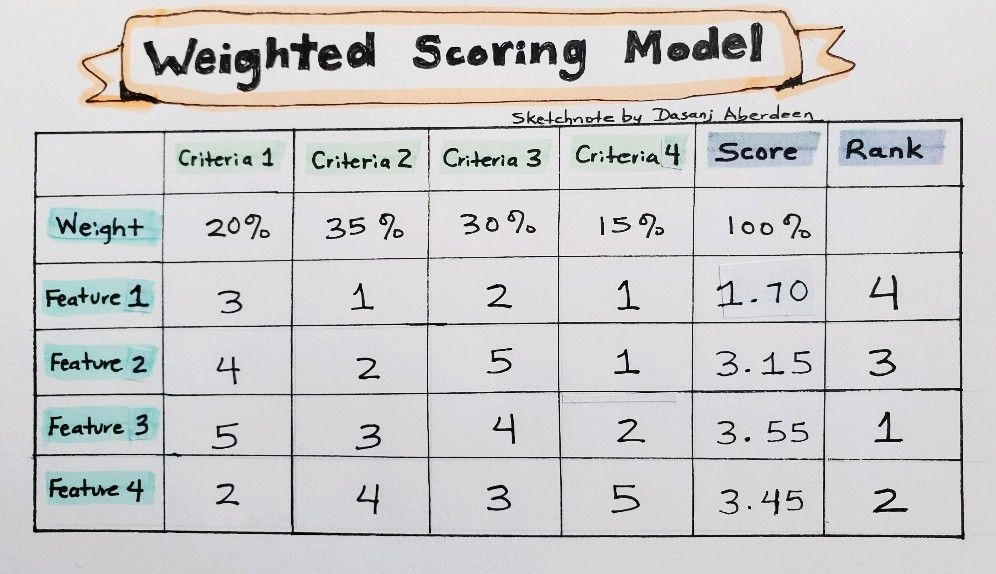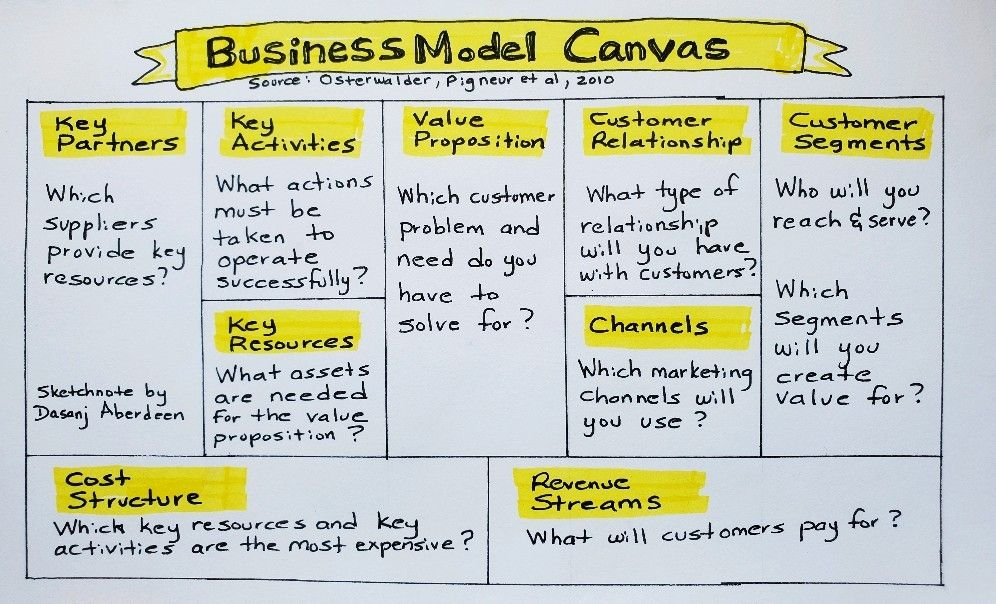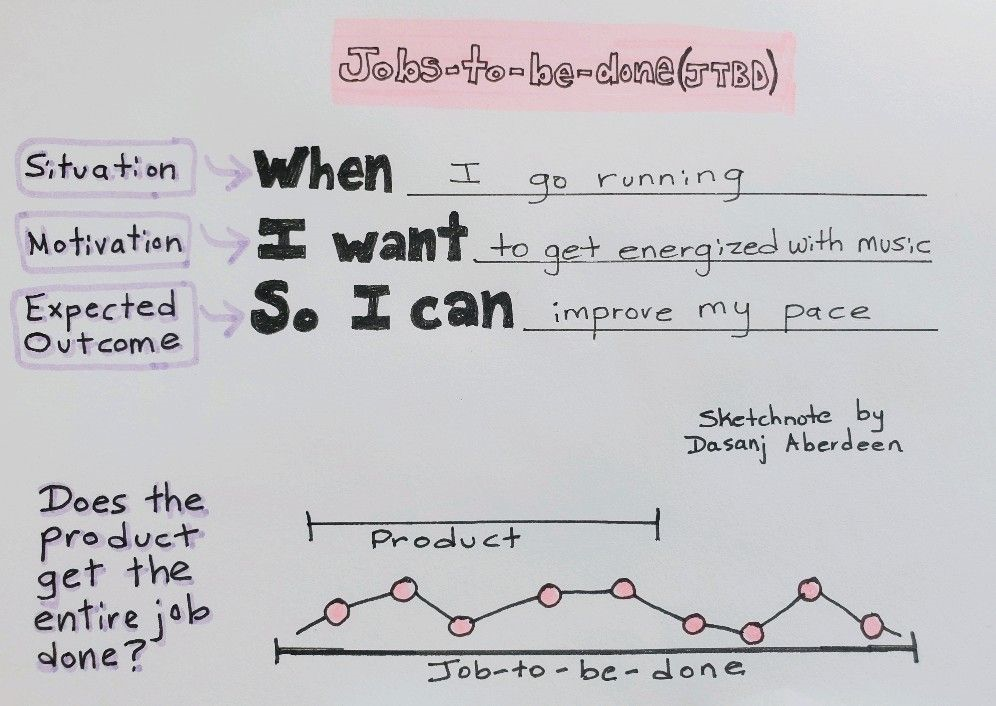The RICE scoring model helps product managers evaluate product ideas, features and initiatives.
It is a simplified version of a cost-benefit analysis and provides consistency and objectivity.
Reach, Impact, Confidence and Effort are the four factors it considers.
A final score is determined for each product idea, which then helps with prioritization.
Here are the steps for using a RICE scoring model:
➡️ Reach – How many users will the initiative impact in a given timeframe?
For example, 1500 people will visit a website in the first 30 days.
➡️ Impact – How much will the users be impacted during the given timeframe?
Massive impact = 3, High impact = 2, Medium impact = 1, Low impact = .5, Minimal impact = .25
➡️ Confidence – How confident are you in your estimates for Reach and Impact?
High confidence = 100%, Medium confidence = 80% and Low confidence = 50%
➡️ Effort – How many people will it take to complete this initiative? How long will it take them?
For example, costs can be determined if it will take four people seven months to complete the initiative.
The overall RICE score is determined by multiplying the benefits and then dividing the costs:
➡️ (Reach X Impact X Confidence) / Effort = RICE Score

Have you used the RICE scoring model? How was it useful?

Dasanj Aberdeen is an entrepreneurial spirit who embodies the combination of left-brain logic and right-brain creativity. She is a consultant and proponent of multidisciplinary education, approaches and pursuits. She writes about their benefits in modern times and integrating multiple interests into a sustainable and fulfilling lifestyle. She’s a graduate of The Wharton School of the University of Pennsylvania and Temple University with a concentration in Technology & Innovation Management, jointly delivered by the Fox School of Business and College of Engineering.




